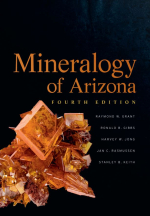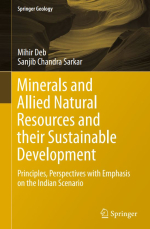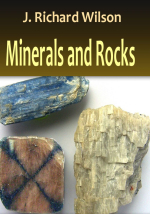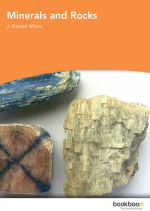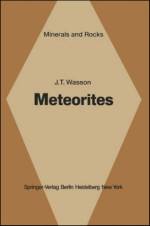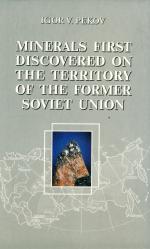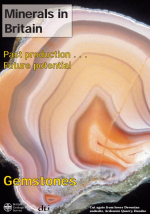Although Britain is a major gemstone trader, it currently produces little from indigenous sources. There are, however, records of a wide variety of gem material, particularly in Scotland. In addition to sapphire, ruby and possible diamond, the country has yielded topaz, beryl, and many varieties of semi-precious stones including cairngorm, amethyst, garnet, tourmaline, agate, zircon, ‘Blue John’ flourite and jet. There is also an unconfirmed report of Scottish emerald. Most of these gemstones were found by amateur geologists and gemmologists but recent discoveries, particularly of iamond indicator minerals in Scandinavia and Ireland, have raised commercial interest in the potential of Britain as a source of precious stones. <...>0



